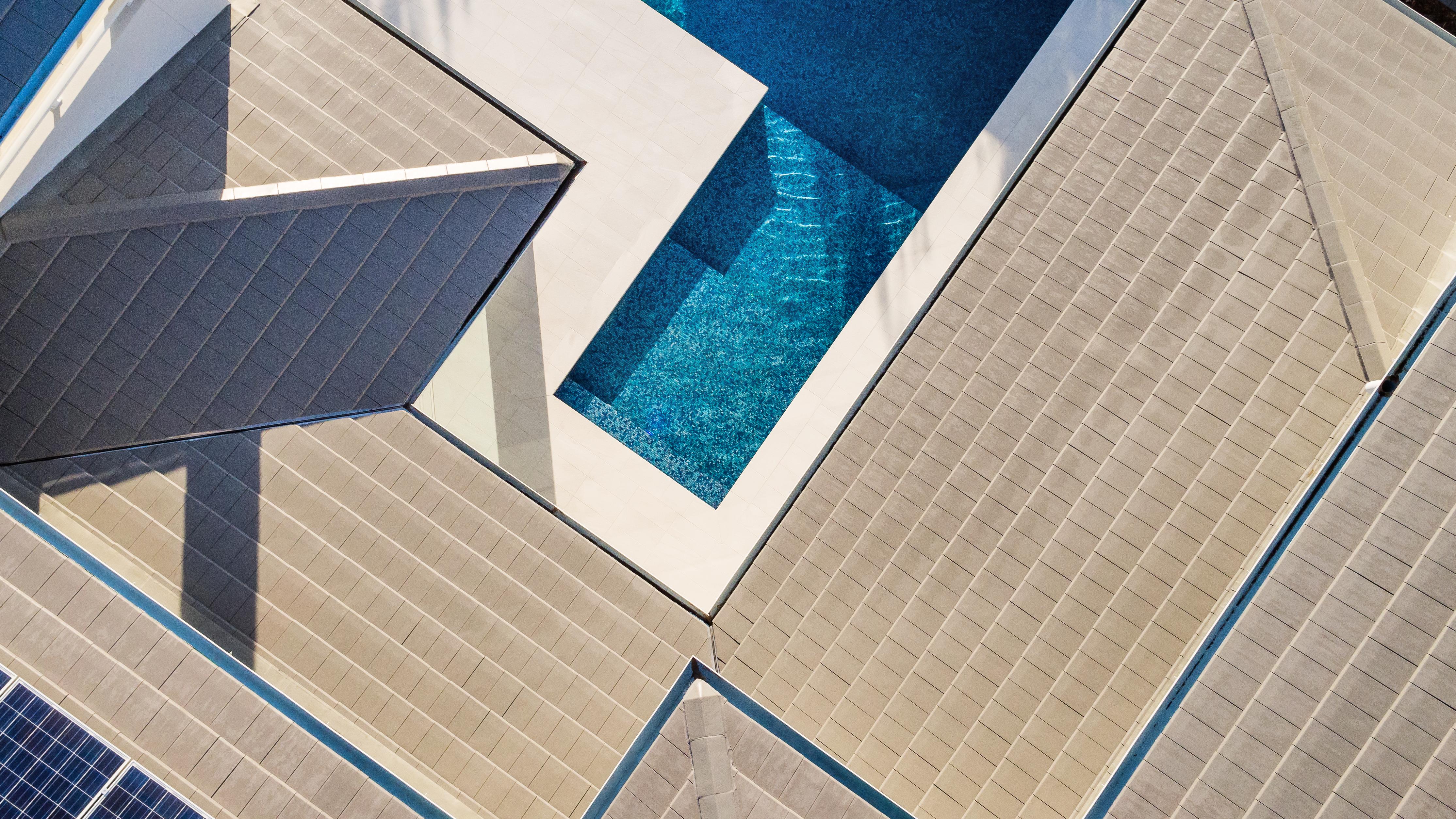
LOADING...

When it comes to selecting the right roof for you and your family, your final decision deserves to be as informed as possible. During your research phase you may discover some insights and information that skew your perspective. Make sure you consider the following when selecting the right roof tiles for your home.
The colour of terracotta tiles comes naturally from the clay they were shaped from. As a result, their visual appeal never wanes and they never need to be painted or coated, unless you opt for a colour change.
It sounds hard to believe that something could get stronger with age, but concrete tiles defy the laws of time. The reason for concrete’s growing strength is due to a positive reaction that occurs with water and cement during the manufacturing process. The increased strength adds no weight to your roof, meaning you won’t have to reinvest in a stronger frame after a few years.
In reality, concrete and terracotta roof tiles have a relatively high thermal mass, meaning they are extremely effective at regulating internal temperatures, making them a strong long term investment to minimise electrical heating and cooling.
Terracotta tiles are synonymous with the Mediterranean Spanish Revival style of architecture with the trademark sunburst orange roof tiles. Because of the colours sheer popularity, it is commonly believed to be its only colour. A point that is completely untrue. In fact, terracotta clay roof tiles come with an even wider selection of colours than concrete tiles.
Concrete and terracotta roof tiles are harvested from natural resources and no toxins or chemicals are injected during the manufacturing process. Concrete is a mixture of cement, sand and water while terracotta is made from clay. Their durability means they both offer long 50+ year lifespans; they are recyclable and can even be repurposed after expiration.
Are you interested in learning more about roof tiles? Discover our latest blog, which highlights the differences between terracotta and concrete.